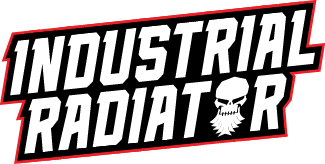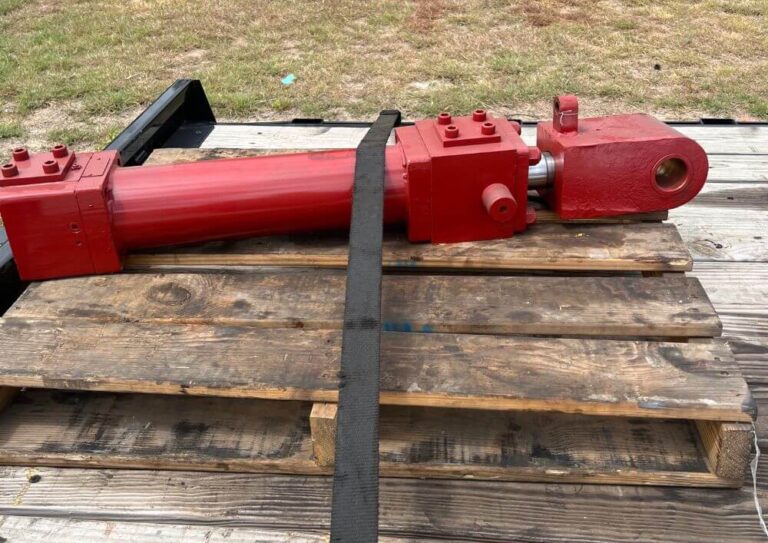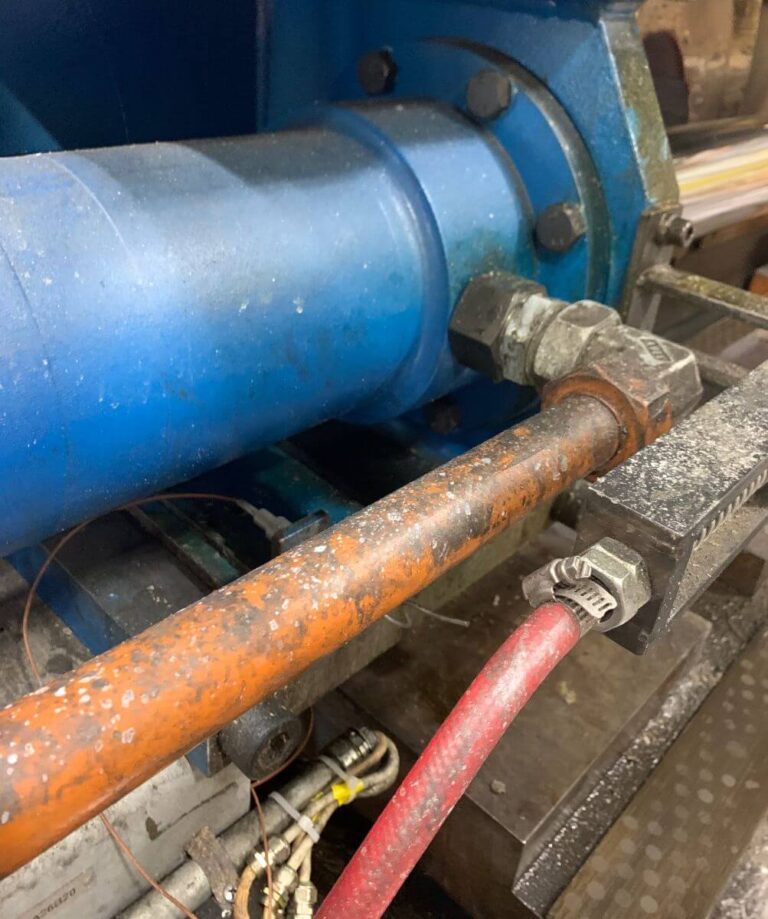A powerful hydraulic system is a core feature of many pieces of heavy duty diesel engine equipment. From excavator arms to front loaders, there are many needs to exert huge force while maintaining as much control and safety as possible.
A pneumatic system can perform the same basic function, but with several key differences. For those who use a range of equipment types, the line between hydraulic cylinder and pneumatic cylinder can become blurred. Here are a few things to keep in mind when considering the two and understanding what is required for proper maintenance of your system.
What makes hydraulic cylinders unique
As we’ve detailed in previous posts, a hydraulic system uses pressurized fluid to generate tremendous amounts of force. The fluid used is typically oil or glycol and as it moves through the system of pistons, rods, barrels and ports it creates pressure of up to 10,000 PSI. This level of force cannot be matched by a pneumatic cylinder. In addition to the greater force, a hydraulic cylinder used by a skilled operator is more precise than the pneumatic alternative.
Other qualities to consider are that hydraulic systems, and the equipment in which they are used, tend to be larger, more complex and more expensive than pneumatic systems. That means the maintenance requirements are also more specialized. However, a heavy duty hydraulic cylinder, if properly operated and serviced, can perform work that no other piece of equipment can.
What makes pneumatic cylinders unique
Instead of fluids, a pneumatic system uses compressed air to generate force. Pneumatic cylinders typically cost less and are easier and safer to operate than their hydraulic counterparts. Pneumatic cylinders are often used in vacuum pumps and in manufacturing equipment.
As already mentioned, the main disadvantage of pneumatic cylinders is that they generate less force than hydraulics–generally less than 100 PSI. They are also less consistent and less controllable. Finally, unlike hydraulics, they can’t hold force while a piece of equipment is powered down. Overall, these differences add up to an important distinction when it comes to applying the right force-generating system to certain jobs.
Are hydraulic or pneumatic systems better?
While there is no universal truth about whether a hydraulic or pneumatic system is better, there is usually a clear choice based on the particular use case. When it comes to heavy equipment operating in demanding industries like mining, construction and agriculture, where maximum force and control are paramount, a hydraulic system is the better option. The regular maintenance and steeper learning curve that come with hydraulics are worth it for the significantly higher PSI generation and the ability for hydraulic cylinders to withstand hard use over the long term. For simpler applications where maximum force is not needed, a pneumatic system might be the answer.
If your equipment uses hydraulic cylinders, it’s important to partner with a reliable service provider. Industrial Radiator Service offers holistic hydraulic cylinder service including repacking and machining new cylinders from customer-supplied samples or drawings. While lead times of six weeks or longer are typical in the industry, we pride ourselves on completing most new cylinder builds within two to three weeks. We also have no minimum or maximum quantity on new cylinder builds. Contact us today to learn more.



[…] pump which regulates the flow of oil or other fluid, and the “motor” side consisting of a hydraulic cylinder. These two fundamental parts work together to manipulate fluid pressure within a cohesive, […]